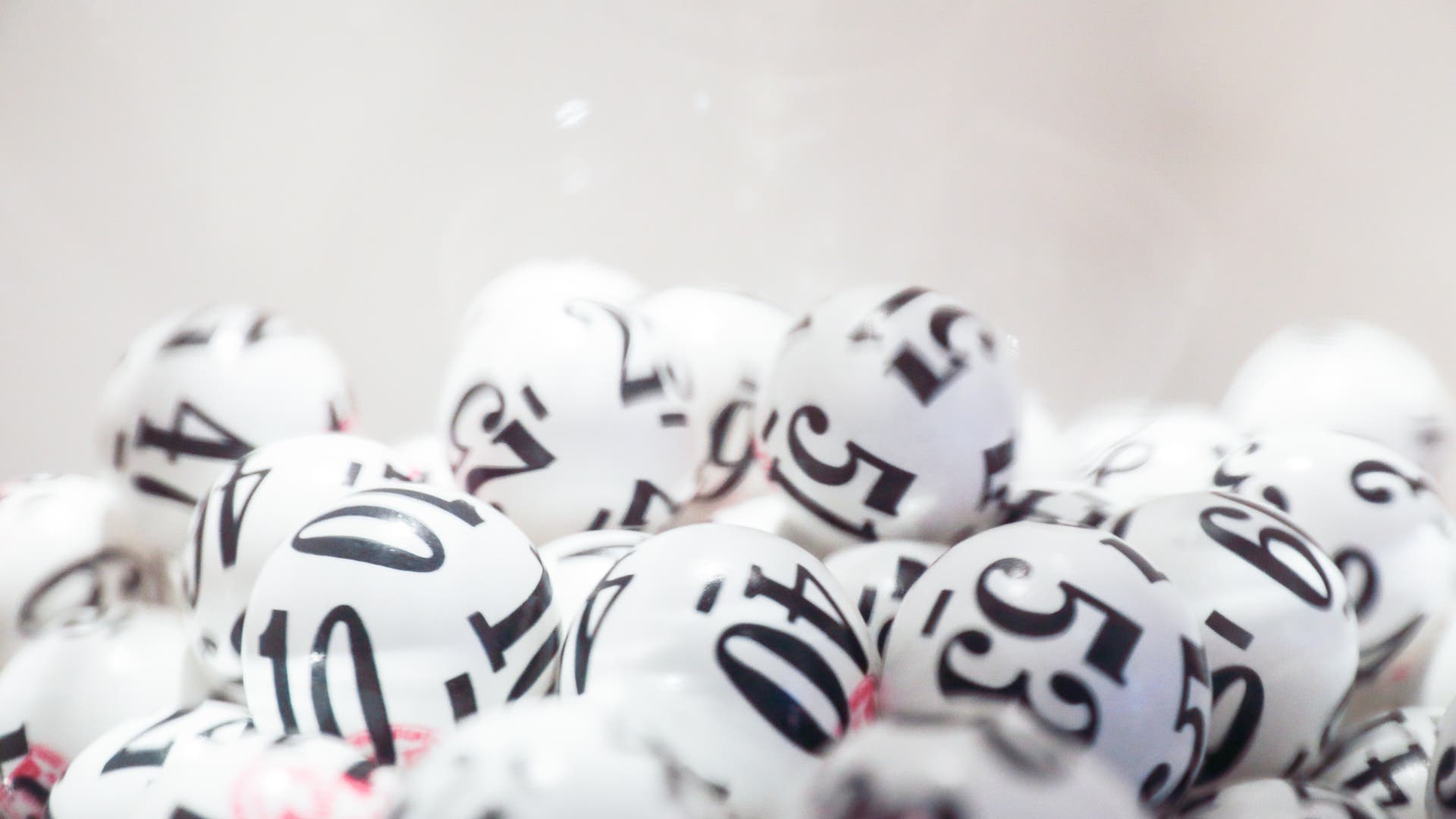Therefore, you should decide to play more targeted. They just want to buy enough tickets that they guarantee at least one consolation prize. It is important to distribute crosses intelligently: if you mark 1,2,3 on one ticket and 2,3,5 on another, the pair of numbers 2,3 will appear on both tickets. It will be more effective to choose triads in which each possible pair of numbers appears only once. This gives you the smallest pool of tickets that are guaranteed to win you a consolation prize.
© Spectrum of Science / Manon Bischof (detail)
Regular fano By numbering the points on the Fano plane, we find seven triple digits in which each pair of digits appears exactly once.
Mathematicians have found a geometric solution to this problem. There is a graph, called the Fano plane, that connects exactly seven points to seven lines in a very specific way. There are exactly three points on each line and each pair of points is connected by exactly one line. If you distribute the numbers one to seven over the dots, the graph provides an interesting property: if you follow the seven lines, you get seven triples, since no pair of numbers appears twice in a triple (since each pair of dots is connected by a single line Just). Thus the Fano level provides the smallest set of triples that contain all possible pairs of numbers at once.
So the answer is seven: if you buy seven tickets and cross according to the hat-tricks predicted by Fano’s level, you’ll be guaranteed a consolation prize – at least. With a probability of 20 percent, there is also a main prize among the seven pieces. So, using this tactic, you can make a maximum shortfall of €11 (in case there is only one correct pair). But in the best case, you have the winning ticket (20 euros) and make a profit of six euros.
Optimize lottery tickets with graph theory
If you wanted to do a calculation similar to the German lottery, it would be complicated. In total there are about 14 million different combinations of crosses that can be placed. Now you want to select the smallest group in which three correct numbers necessarily appear, because that corresponds to the lowest lottery prize. Until now, the minimum size of this group is not known. But how many lottery tickets do you have to buy to guarantee getting two numbers correct? Mathematicians John van Rees and Pak-Ching Li calculated it in 2002: 19.
The procedure for solving such problems is always the same: you move the task into the realm of graph theory. Each point in the grid corresponds to a set of six numbers out of 49 – a possible draw. In the case of the German lottery, the resulting graph contains approximately 14 million points. Since we are interested in having at least three integer numbers, we connect all points that have three identical numbers, for example: {1,2,3,4,5,6} and {1,4,6,44, 48 , 49}.
Figuring out how many connections each point has requires a bit of harmonics. Any set of six elements such as {1,2,3,4,5,6} has 20 distinct triples ({1,2,3}, {1,2,4}, {1,3,4}, and so on) . The remaining three numbers can have a value between 1 and 49, but no number can appear more than once. Therefore each point has 20 (49-3)(49-4)(49-5) = 1,821,600 neighbors. As you can imagine, a chart like this is very confusing!

“Alcohol buff. Troublemaker. Introvert. Student. Social media lover. Web ninja. Bacon fan. Reader.”







More Stories
Science – a research initiative that brings millions to the University of Mainz – Education
Do you want to work at NASA? These are the 43 citizen science projects that want to do real science
Hits are gaining popularity in science | NDR.de – Culture